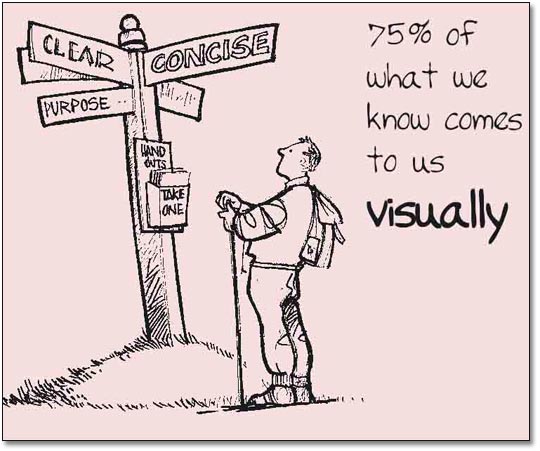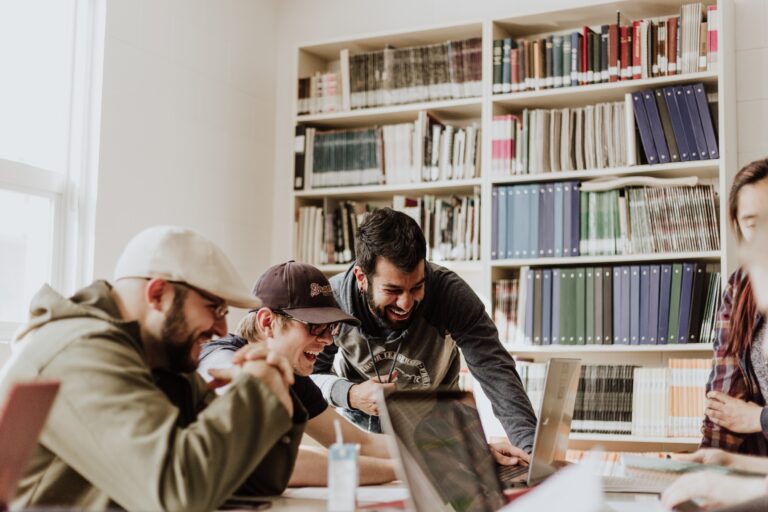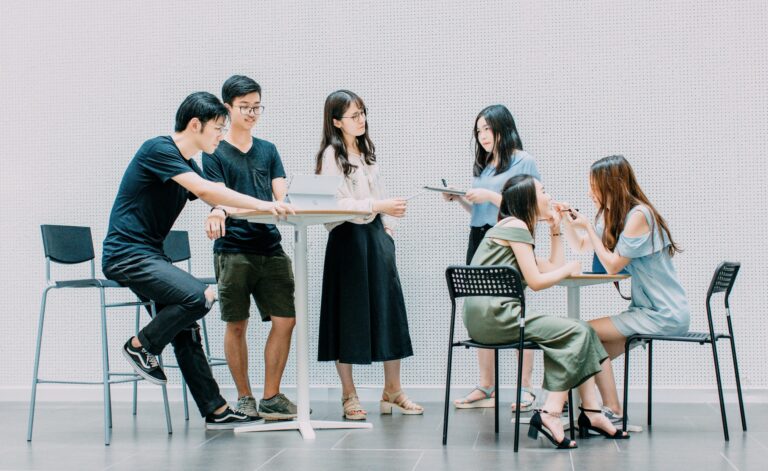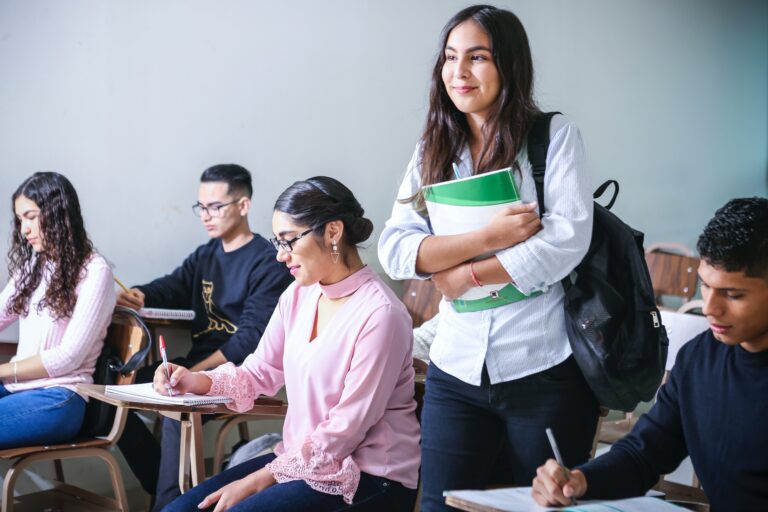Innovations in Indian Classrooms: How Education Is Evolving
 The dynamics between a teacher and students define the essence of a classroom. A great teacher can transform the brick and mortar confinement and take students on a journey of pure learning, responding to their doubts and instilling an environment of curiosity and interactivity. Hence, to optimise the learning experience, schools and colleges in India are vying to embrace innovative methods, installing the latest educational technology and encouraging teachers to be more creative than ever.
The dynamics between a teacher and students define the essence of a classroom. A great teacher can transform the brick and mortar confinement and take students on a journey of pure learning, responding to their doubts and instilling an environment of curiosity and interactivity. Hence, to optimise the learning experience, schools and colleges in India are vying to embrace innovative methods, installing the latest educational technology and encouraging teachers to be more creative than ever.
Here’s a glimpse of some of the innovative techniques that teachers are trying out to make learning effective, engaging and fun:
1. Audio-visual (AV) supplements: In many Indian educational institutions, AV-equipped classrooms enhance learning. Teachers use smartboards for visualizing complex concepts in subjects like physics and mathematics. For language learning, audio-visual tools play snippets of films, plays, and speeches to improve listening and speaking skills. AV facilities also stimulate curiosity with graphics and puzzles, catering to students’ need for comprehensive understanding.
2. Flip methodology or classroom: This technique shifts the learning responsibility to students, making them active participants. B-Schools like SP Jain Institute of Management and Research (SPJIMR) and Indian School of Business (ISB) are pioneers of the flipped classroom in India. Here, teachers provide resources via email or intranet, while students gather concepts, construct knowledge, and draw inferences. Follow-up discussions ensure student participation and learning seriousness, complemented by group presentations, debates, and essay writing competitions. Surprisingly, students show increased interest, immersion, and better outcomes when given responsibility.
3. Role play: Role play enhances classroom engagement by bringing entertainment and deeper understanding of characters. From preschool to secondary level, schools use role play to instill values, with students portraying historical figures like Mahatma Gandhi or legendary characters like Caesar. They embody these roles, adapting them to modern contexts, and learn stage performance skills like acting and voice projection. Role play fosters empathy and internalizes values, making it a powerful tool for experiential learning.
4. Peer teaching: Peer teaching effectively levels the learning curve in class by pairing high-performing students with those who struggle. This fosters knowledge sharing and healthy competition among peers. Students become more engaged when taking on the role of teacher, leading to active participation and constructive challenges. Regular peer teaching sessions improve students’ grasp of concepts, discipline, and communication skills. Government Higher Primary School (GHPS) in KadasiKopa, Karnataka, is a pioneering example of successful implementation of peer teaching in rural government schools.
5. Games: Play-based lessons are highly effective in engaging students across all grades. When carefully planned and executed, they reinforce cognitive knowledge, particularly in mathematical and scientific concepts and vocabulary. Teachers are incorporating various word and mind games such as quizzes, puzzles, scrabble, and sudoku into their lessons. For instance, Bangalore-based tech firm Quest Alliance developed a game called Anandshala Gupshup to improve communication between parents and young students, leading to increased parental awareness and improved student performance and attendance. Another game called Career Quest, designed for vocational studies students, helps them review technical concepts and gain life skills training.
6. Collaboration: Collaboration (link) is one of the essential life skills in a globalised environment, the driving force of all enterprises. In an educational institution, this skill can best be fostered in the classroom by allowing students to work in groups. At every stage of the process, teachers help students to chalk out their plans, provide them with key points, supervise their work and build team spirit. Many schools have made the collaborative project work a prominent part of the curriculum. Teachers are designing their lessons in such a way that would allow time and resources to students to perform group activity.
7. Going beyond the classroom: Schools aim to broaden students’ horizons, deepen their self-awareness, and encourage them to seek truth. To achieve these goals, educational institutions are increasingly incorporating field trips into their curriculum. Whether it’s a nature trail in the school garden or a visit to a cottage industry, these excursions provide students with firsthand experiences that complement their classroom learning. For example, Dr. Pillai Global Academy recently organized a trip to Jim Corbett National Park, Uttarakhand, along with visits to Nainital and Delhi, offering students valuable hands-on learning opportunities. As a result, there’s a growing trend of schools arranging excursions to provide students with holistic educational experiences.
The various innovations enabled by technology and the creative endeavours of the teachers are making classrooms a zone of great activities and intellectual rigour. Though the journey is at its nascent stage, the future holds promises of a rich and holistic learning space, with every student having access to a repository of resources that would enable them to learn independently and meaningfully.
ReachIvy sincerely hopes that this article serves as a critical tool to increase your knowledge base. For study abroad consultation or career counselling with ReachIvy, Submit a Query now! Also, review our resources section to access our free premium content..






